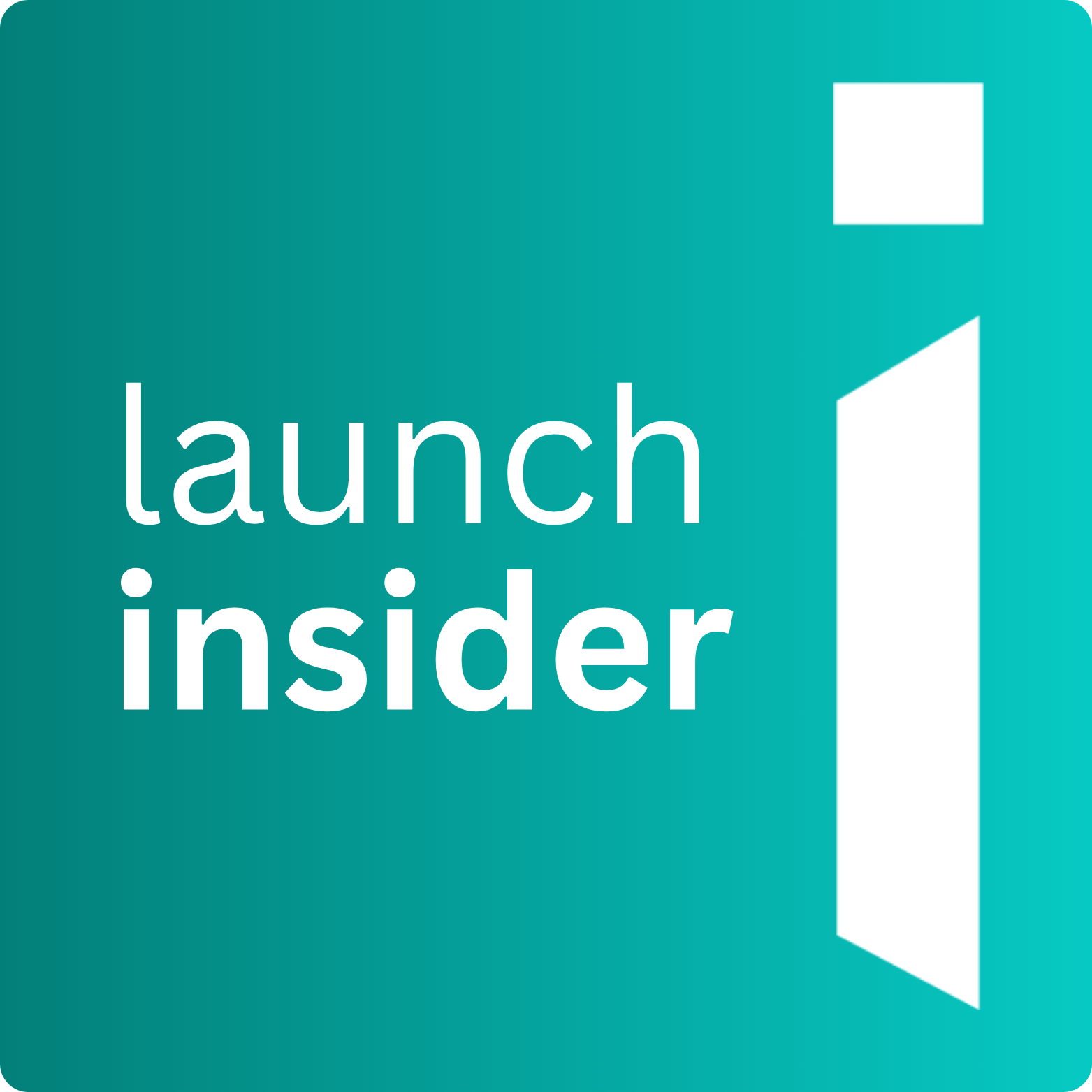Kassondra Lambert of The Striped Stable

Through her own experiences of fundraising for vital medical expenses, Kassondra Lambert founded The Striped Stable to help other families navigate the world of medical fundraising. She encourages others in the rare community to tell their story in the hope of effecting far-reaching change
RARE entrepreneur series: meeting the beating hearts behind the RARE brands

The Striped Stable makes medical fundraising easy through powerful and simple courses to teach you everything, from how to share your story, to how to apply for grants and much much more! Join the email list to be notified when the first course is launched.
1.
What was the driving force in starting your own business in the rare disease space? Was there an unmet need you were responding to?
In 2021, I started our fundraising journey to purchase a wheelchair-accessible van. I quickly learned that there was no “how to” guide to fundraise for such a large expense. We were looking at investing in a new minivan which was priced at $72,000. In America, there are no public programmes to pay for or help offset this cost. In fact, many programmes, even grants, specifically exclude funding for vans. After using social media to see major success in our campaign, I knew I needed to take what I had learned and teach other caregivers how to see the same results.
2.
How does your business benefit the rare disease community?
The benefit is two-fold. It’s no secret that the cost of living with a rare disease is overwhelmingly high. By teaching caregivers how to utilise social media to crowdfund, not only do they have the tools they need to have a successful fundraiser, they have confidence to tell their story. It’s through storytelling that we will see systemic change for all.
3.
What advice, if any, did you get when setting up your business? Has there been anyone in particular who has been pivotal in supporting your business?
Do it scared. There are so many places in my life that I’ve had to take action without fully understanding every possible outcome. Times where I didn’t see the road ahead of me and I had to continue to drive forward. I do have a business coach and friend, Denise, who has been pushing me to take my experiences and put them out into the world in a way that helps other people who are just a few steps behind me. For that, I am eternally grateful.
4.
How do you manage the demands of running a business with your own health needs, those of someone you care for, or those of your employees?
Every day I am intentional with my time. If I’m resting, I’m (trying) not to scroll social media. If I’m spending time with my son, I am completely present. It’s been incredible to see how much of an impact being fully mentally and physically present has been. Everyone should try it.
5.
What advice do you have for someone starting their own business?
Again, do it scared. If you have something in your heart that draws you to take action, do it. No one is immune to fear, only the successful have figured out how to push through those fearful moments.
6.
What are the most rewarding aspects of establishing and running your own business?
Helping others find their voice. I meet so many amazing caregivers who have these beautiful stories to tell about courage, resilience, and humanity and I am in awe every time. They always tell me “I don’t know what to write” or “I don’t know what to say” and I get the privilege of teaching them to say what’s in their heart and I think that’s beautiful.
7.
What would you consider to be the greatest achievements of your business thus far?
Bringing awareness to how expensive it is to have a rare disease. I think many people live in their own world and do not see the price tags associated with devices, treatments, or programmes. I’ve been publishing real numbers of our real medical bills online and people (rightfully so) are appalled. They cannot fathom how an augmentative and alternative communication (AAC) device can be $10,135 or the modification to make a minivan wheelchair accessible is $30,000. The first step to fixing a problem is realising it exists and that’s something I am showing to others.
8.
What advice would you give someone considering working in the rare disease space?
Get ready to meet the most incredible people. From researchers, to patients, to business owners, to parents, they are truly in a league of their own.
9.
What are your hopes for the future of your business?
Honestly, I hope that countries will develop robust support systems to wrap families in resources (financial, emotional, medical) so no one has to fundraise to afford medical treatment, care, or devices. Essentially, I’m saying I hope I go out of business! But, until that happens, I hope that The Striped Stable helps people from across the world tell their stories in an impactful way.
10.
If you hadn’t founded The Striped Stable, what was Plan B? What did your 10-year-old self want to be?
I left my career in social work to have my son, so I imagine I would be advocating for something somewhere. I’ve always had a passionate heart and can’t imagine sitting on the sidelines for any cause dear to me. When I was little, I wanted to be a teacher and a stay-at-home mom so I’m sure I would have some little nature school for toddlers out in the woods somewhere.
To find out more about the work of The Striped Stable please visit:
wwwthestripedstable.com



